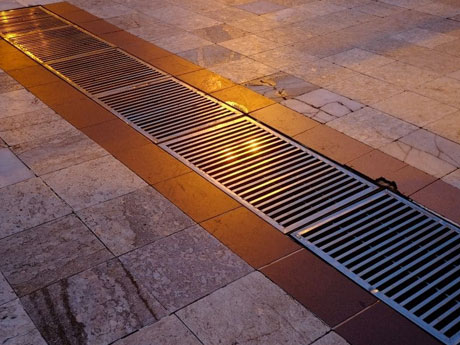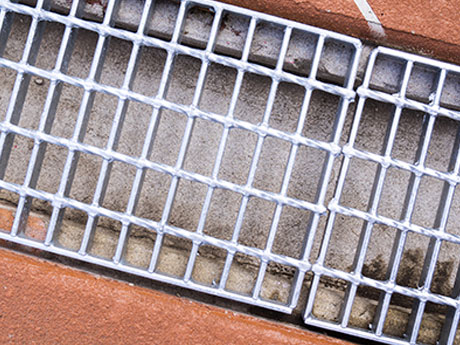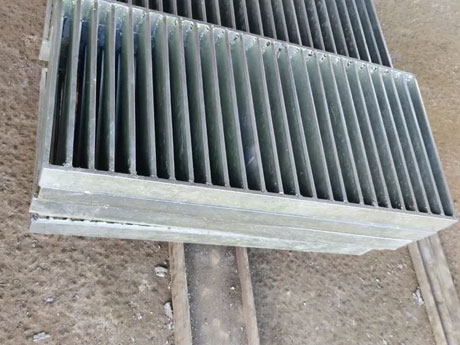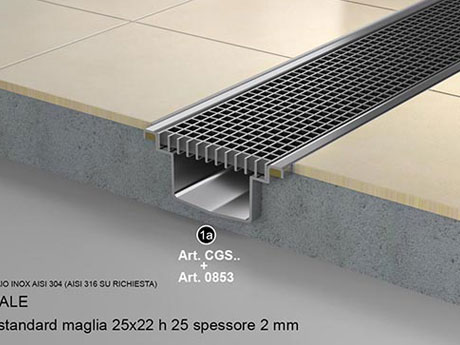Drain Gratings
Drain Gratings
A trench drainage system is an elongated drainage system embedded in the ground and covered with a grate for draining. They're designed to control excess surface water. Three common types you'll often see are standard, heel proof, and decorative.
In the realm of effective drainage solutions, the significance of drain gratings cannot be overstated. These unassuming yet crucial components play a pivotal role in managing water flow efficiently, preventing debris clogging, and ensuring longevity of drainage systems. In this SEO content piece, we delve into the world of drain gratings, exploring their importance, types, materials, and key considerations for optimal performance.
The Importance of Drain Gratings:
Drain gratings serve as protective covers over drainage openings, allowing water to pass through while obstructing larger debris such as leaves, twigs, and litter. By doing so, they prevent blockages that can impede water flow, leading to flooding and potential damage to property and infrastructure. Additionally, drain gratings enhance safety by minimizing the risk of accidents caused by uncovered drainage openings.
Types of Drain Gratings
Cast Iron Gratings: Known for their durability and strength, cast iron gratings are a popular choice for heavy-duty applications. They are resistant to corrosion and can withstand substantial loads, making them ideal for high-traffic areas such as streets, parking lots, and industrial sites.
Composite Gratings: Composite drain gratings offer a lightweight alternative to traditional materials without compromising on performance. Made from a combination of materials such as fiberglass and resin, they are resistant to rust, corrosion, and chemical damage. Composite gratings are often used in areas where weight reduction is a priority, such as pedestrian walkways and swimming pool decks.
Stainless Steel Gratings: Renowned for their corrosion resistance and aesthetic appeal, stainless steel gratings are a popular choice for both indoor and outdoor applications. They are highly durable, easy to clean, and can withstand harsh environmental conditions, making them suitable for a wide range of settings including kitchens, bathrooms, and outdoor drainage systems.
Materials Used in Drain Gratings
Cast Iron: Prized for its strength and durability, cast iron is a classic choice for drain gratings in heavy-duty applications.
Steel: Steel drain gratings offer robust performance and are available in various grades to suit different environments and load requirements.
Aluminum: Lightweight and corrosion-resistant, aluminum gratings are ideal for applications where weight reduction is essential without compromising on durability.
Composite Materials: Fiberglass, resin, and other composite materials are gaining popularity due to their lightweight nature, corrosion resistance, and versatility in design.
Key Considerations for Choosing Drain Gratings
Load Rating: Select drain gratings with load ratings suitable for the intended application to ensure structural integrity and safety.
Corrosion Resistance: Consider the environmental conditions and choose materials with appropriate corrosion resistance to prolong the lifespan of the drain gratings.
Aesthetic Appeal: Balance functionality with aesthetics by selecting drain gratings that complement the surrounding environment.
Maintenance Requirements: Opt for drain gratings that are easy to clean and maintain to ensure optimal performance over time.
Product Gallery




